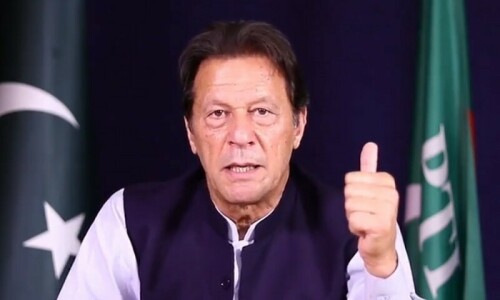Housed in the colonial-era barracks of the Pakistan Army’s General Headquarters (GHQ), the Pakistan Army Museum is a must-see for weaponry and war history enthusiasts.
The museum holds within it arms and ammunition from the Mughal era, all the way to modern weapons. It was first set up in 1961, in a majestic building adjacent to GHQ on Iftikhar Janjua Road.

The new museum building offers detailed history of the evolution of the Pakistan Army; the wars fought between India and Pakistan from 1947 in Kashmir to 1999 in Kargil, and the army’s role in the war on terrorism.

A gallery has been devoted to the global war on terrorism and the military’s operations in the tribal areas on the border of Afghanistan and Pakistan.
The museum has a vast collection of original relics, books, journals and documents, photographs and audiovisual materials.

“The new building was constructed between 2009-2013, and we wanted to give people the opportunity to understand their history and the Pakistan Army’s work in war and peace,” museum director Brig Adnan Saleem told Dawn.

The entrance of the building is decorated with a statue of sepoy Khudad Khan, a Victoria Cross recipient who was the first Muslim in the region to receive an award for serving in the British Army during World War I. Pictures of Quaid-i-Azam and a timeline of presidents, prime ministers and chiefs of army staff welcome visitors as they enter the building. Former prime minister Zulfikar Ali Bhutto’s picture is displayed in the gallery devoted to the Armoured Corps, as the first civilian to become the colonel in chief of the Armoured Corps of the Pakistan Army.

The museum is divided into various galleries. The Hurriyat Gallery is dedicated to fighters who travelled from Fata to Kashmir to fight in the 1947 Indo-Pak war on Kashmir. Other galleries are devoted to the 1965 and 1971 wars.

One can also find vehicles used by the Indian forces that were captured by the army during war, such as the Willy Jeep belonging to Maj Gen Narianjan Parchad which was captured during the 1965 war. A gallery devoted to Siachen explains the challenges of serving at the highest military post in the world, and the Special Service Group gallery highlights the difficulties of soldiers trained in guerrilla warfare.
A particularly interesting museum exhibit displays the evolution of arms and ammunition, and holds historical relics such as Tipu Sultan’s sword and Maharaja Ranjeet Singh’s suit of armour.
Published in Dawn, February 21st, 2016













































